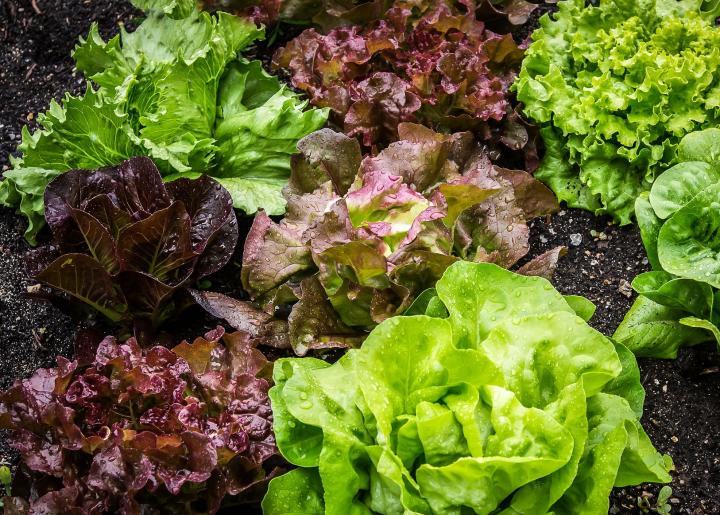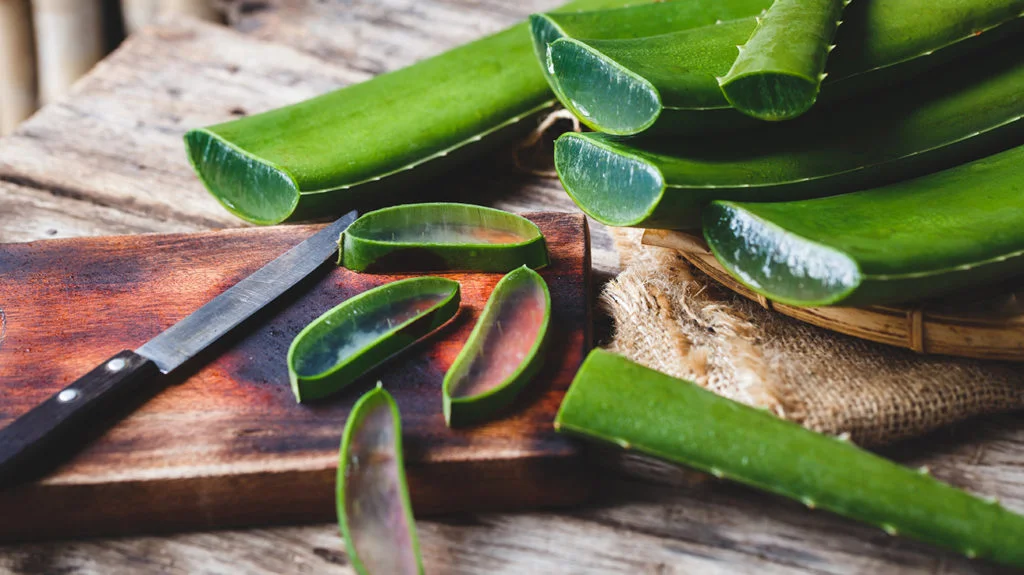Farming Tractor Operation Guide
Farming tractors have been an integral part of agriculture since the early 20th century. The first successful tractor was invented by John Froelich in 1892, but it wasn’t until the 1920s and 1930s that tractors began to be widely used on farms.
One of the key reasons for the widespread adoption of tractors was their ability to replace the use of draft animals, such as horses and mules, which were previously used to pull plows and other farm equipment.
Tractors were also able to perform a wider range of tasks than draft animals, including tilling, planting, and harvesting, which made them much more efficient and cost-effective for farmers.
During the 20th century, tractors continued to evolve and improve, with advancements in technology such as diesel engines, power steering, and hydraulic systems. Today, modern tractors are equipped with GPS and other advanced technology, making them even more efficient and productive.
The importance of farming tractors in modern agriculture cannot be overstated. They are essential for planting, cultivating, and harvesting crops on a large scale, and they have greatly increased the efficiency and productivity of farms.
Tractors also help farmers to reduce labor costs and increase crop yields, which helps to feed the growing population of the world.
In addition to their use in traditional farming, tractors are also used in a variety of other industries, such as construction, mining, and forestry. They are also used in disaster relief efforts, such as clearing debris and providing aid to affected communities.
In conclusion, farming tractors have played a critical role in the development of modern agriculture, and they continue to be an important tool for farmers and other industries around the world.
Their efficiency, versatility, and ability to reduce labor costs are vital for producing the food we need to sustain the world’s population.
Types Of Farming Tractors
There are several different types of tractors, each designed for specific tasks and uses. Some of the most common types include:
- Utility tractors: These are the most common type of tractor, and are designed for general use on small to medium-sized farms. They are versatile and can be used for a wide range of tasks, including mowing, tilling, and hauling.
- Subcompact tractors: As the name suggests, these tractors are smaller in size than utility tractors and are designed for use on small plots of land or in tight spaces. They are typically less powerful than utility tractors but are still capable of performing a wide range of tasks.
- Compact tractors: These tractors are larger than subcompact tractors but still smaller than utility tractors. They are designed for use on small to medium-sized farms, and are capable of performing tasks such as tilling, planting, and harvesting.
- Row-crop tractors: These tractors are specifically designed for use in row-crop farming, such as for cotton, corn, and soybeans. They have a low profile and wide stance, which allows them to maneuver easily between rows of crops. They also have a high horsepower, which allows them to pull large implements such as planters and cultivators.
- Specialty tractors: These tractors are designed for specific tasks, such as orchard work, vineyard work, or turf maintenance. They are usually smaller in size and are equipped with specialized attachments for the specific task at hand.
- Industrial tractors: These tractors are designed for heavy-duty tasks such as construction and mining. They are much larger and more powerful than other types of tractors and are typically used for tasks such as grading, excavating, and hauling heavy loads.
- Vintage tractors: These are older tractors that are no longer in production, they are used mainly for show or collections, they are also used for farming in some remote areas. They are considered as collectibles by enthusiasts.
Read Also: Unlocking the Benefits of Yahoo Finance Premium
It’s worth noting that Tractors can be also classified based on their power source, such as Gasoline tractors, Diesel tractors, Electric tractors and Hybrid tractors.
Tractor Components and Features
Tractors are complex machines that are made up of many different components and features. Some of the most important components and features of a tractor include:
- Engine: This is the power source of the tractor and is responsible for providing the energy needed to perform tasks. Most tractors use diesel or gasoline engines, but some newer models use electric or hybrid engines.
- Transmission: This is the system that transmits power from the engine to the wheels. Most tractors have a manual or automatic transmission, which allows the operator to change gears and adjust the speed of the tractor.
- Axles: These are the components that connect the wheels to the tractor. Most tractors have two axles, one in the front and one in the rear. Some tractors also have a third axle, which is used to provide additional stability and support.
- Wheels: These are the components that provide traction and allow the tractor to move. Most tractors have four wheels, with two in the front and two in the rear. The size and type of wheels can vary depending on the tractor and the tasks it will be performing.
- Tires: These are the rubber components that are mounted on the wheels. The type of tire used on a tractor can vary depending on the task it will be performing and the terrain it will be operating on.
- Steering: This is the system that allows the operator to control the direction of the tractor. Most tractors have a steering wheel, but some newer models have joystick or other types of steering controls.
- Brakes: These are the components that allow the operator to slow down or stop the tractor. Most tractors have a braking system that is controlled by the operator’s foot pedals.
- PTO: This stands for Power Take-Off and is a mechanical device that allows the tractor to provide power to other equipment, such as a plow, mower or a harvester.
- Hitch: This is the component that allows the tractor to connect to other equipment, such as a plow, mower, or trailer.
- Lights: These are the components that provide visibility for the operator and allow the tractor to be used in low-light conditions.
- Instrument panel: This is the console that displays the information about the tractor, such as engine speed, fuel level, and temperature.
- Cab: This is the enclosed area that the operator sits in. Most tractors have an open cab, but some newer models have a closed cab with air conditioning and other amenities.
These are some of the main components and features of a tractor, but different models may have additional or different components depending on their intended use and manufacturer.
Tractor Maintenance and Upkeep
Proper maintenance and upkeep is essential to ensure the longevity and reliability of a tractor. Here are a few key tips for maintaining and keeping a tractor in good working condition:
- Regularly check the oil and filter: The oil and filter should be checked and changed at regular intervals, as specified in the tractor’s owner’s manual. This will help to keep the engine running smoothly and prevent damage due to dirty or contaminated oil.
- Check and maintain the air filter: The air filter should be checked and cleaned or replaced at regular intervals to ensure that the engine is getting the proper amount of clean air.
- Check and maintain the fuel filter: The fuel filter should be checked and replaced at regular intervals to ensure that the engine is getting a clean supply of fuel.
- Check and maintain the battery: The battery should be checked and maintained to ensure that it has a full charge and is in good working condition.
- Check and maintain the tires: The tires should be checked for proper inflation, tread wear, and damage. The tires should be rotated at regular intervals to ensure even wear.
- Check and maintain the brakes: The brakes should be checked and maintained to ensure that they are in good working condition and that the brake pads are not worn down.
- Check and maintain the hoses: The hoses should be checked for leaks, cracks, or other damage, and replaced if necessary.
- Check and maintain the PTO: The PTO should be checked and maintained to ensure that it is in good working condition and that it is properly lubricated.
- Check and maintain the Hydraulic system: The Hydraulic system should be checked and maintained to ensure that it is in good working condition and that the oil level is correct.
- Check and maintain the Electrical system: The Electrical system should be checked and maintained to ensure that all the lights and other electrical components are working properly.
- Check and maintain the Transmission: The Transmission should be checked and maintained to ensure that it is in good working condition and that the oil level is correct.
By following these tips and performing regular maintenance and upkeep, you can help to ensure that your tractor is in good working condition and that it will last for many years.
It’s also important to consult the owner’s manual for specific recommendations and guidelines for your tractor’s make and model.
Tractor Brands and Models
There are many different tractor brands and models available on the market, each with its own set of features and specifications. Some of the most popular tractor brands and models include:
- John Deere: John Deere is one of the most well-known and respected tractor brands in the world. They produce a wide range of tractors, including utility tractors, compact tractors, and row-crop tractors. Some popular models include the John Deere 5055E, John Deere 6120M, and John Deere 8R.
- Massey Ferguson: Massey Ferguson is another well-known and respected tractor brand. They produce a wide range of tractors, including utility tractors, compact tractors, and row-crop tractors. Some popular models include the Massey Ferguson 5711SL, Massey Ferguson 7726, and Massey Ferguson 8690.
- New Holland: New Holland is a leading tractor brand that is known for its high-quality and reliable tractors. They produce a wide range of tractors, including utility tractors, compact tractors, and row-crop tractors. Some popular models include the New Holland T4.110, New Holland T7.270, and New Holland T9.565.
- Kubota: Kubota is a leading tractor brand that is known for its high-quality and reliable tractors. They produce a wide range of tractors, including utility tractors, compact tractors, and row-crop tractors. Some popular models include the Kubota L2501, Kubota M5-111, and Kubota M7-171.
- Case IH: Case IH is a leading tractor brand that is known for its high-quality and reliable tractors. They produce a wide range of tractors, including utility tractors, compact tractors, and row-crop tractors. Some popular models include the Case IH Farmall 55A, Case IH Maxxum 125, and Case IH Steiger 620.
- Deutz-Fahr: Deutz-Fahr is a leading tractor brand that is known for its high-quality and reliable tractors. They produce a wide range of tractors, including utility tractors, compact tractors, and row-crop tractors. Some popular models include the Deutz-Fahr Agrotron TTV 1145, Deutz-Fahr Agrotron TTV 6155, and Deutz-Fahr Agrotron TTV 7245.
- Fendt: Fendt is a leading tractor brand that is known for its high-quality and reliable tractors. They produce a wide range of tractors, including utility tractors, compact tractors, and row-crop tractors. Some popular models include the Fendt 1000 Vario, Fendt 930 Vario, and Fendt 939 Vario.
These are just a few examples of the many tractor brands and models available on the market, and there are many other brands and models to choose from as well.
It’s important to research different brands and models to find the one that best meets your needs and budget.
Read Also: Proper Squatting and It’s Importance to your Body




